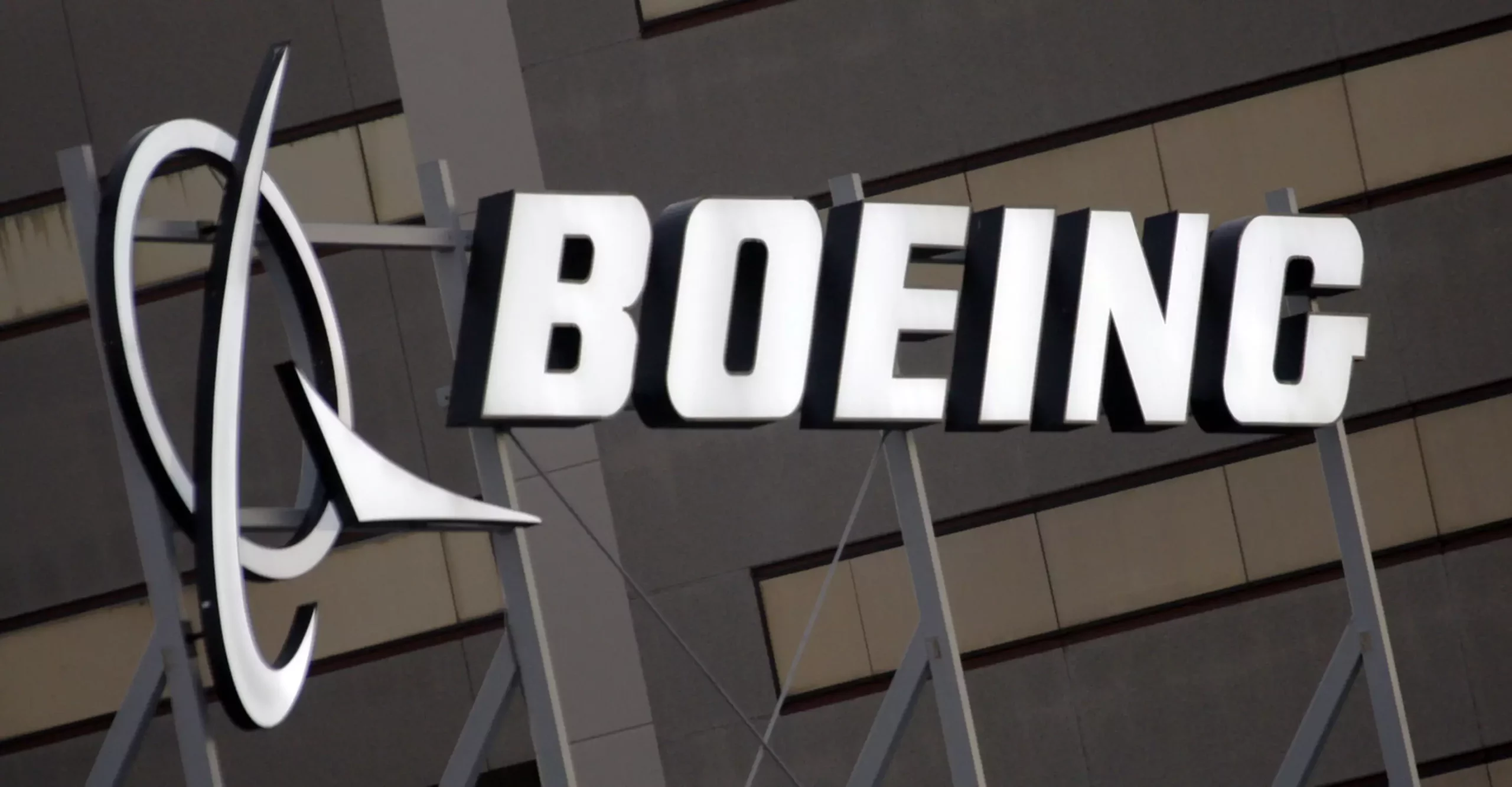In a significant shake-up reflecting the turbulent state of Boeing’s defense and space sector, Theodore “Ted” Colbert III has been relieved of his duties as president and CEO. The unexpected transition comes at a time when the division is grappling with a multitude of issues, from problematic government contracts to setbacks in its ambitious space initiatives. Steve Parker, the division’s chief operating officer, has taken on the role of interim leader as Boeing commences its search for a permanent successor.
Colbert’s tenure, which spanned 15 years in various roles within the company—including chief information officer and head of global services—has now come to an abrupt end. The memo released by Kelly Ortberg, who recently assumed the title of Boeing’s CEO, underscores the urgency of restoring client confidence and fulfilling the expectations of stakeholders while navigating these turbulent waters. This leadership change not only signifies a pivot within the organization but also highlights the imperative need for Boeing to reassess and improve its operational effectiveness.
Boeing’s defense and space division is facing a precarious financial situation, having lost $6 billion since early 2022. The magnitude of these losses starkly illustrates the challenges of fulfilling government contracts, particularly those with the Pentagon and NASA. High-profile projects, such as the new Air Force One custom aircraft and the refueling tankers for the Air Force, have been mired in difficulties, contributing significantly to the division’s financial woes.
The adverse financial performance reflects a broader trend of increased scrutiny over government contracts, where organizations are expected to execute projects on time and within budget. In Boeing’s case, the inability to meet these benchmarks and the negative publicity surrounding its Starliner space capsule have fueled concerns about reliability and strategic direction. As the situation unfolds, Boeing must not only seek to repair its image but also deliver on its obligations to restore the trust of both clients and investors.
The Starliner capsule, developed for NASA missions, represents a focal point for scrutiny within Boeing’s space endeavors. Following significant technical issues with the spacecraft’s thrusters during its initial crewed mission, NASA has made the unprecedented decision to keep astronauts aboard the International Space Station until February. Instead of returning in Starliner, they will rely on a SpaceX spacecraft, highlighting Boeing’s current vulnerabilities and exacerbating concerns over its contributions to critical space exploration missions.
Boeing’s ability to adapt and recover from these setbacks is essential for its future success. Addressing underlying issues in engineering, project management, and customer relations will be paramount as the company navigates upcoming projects and regulatory expectations.
The leadership transition at Boeing’s defense and space division is a strong indicator of the company’s recognition of its existing shortcomings. As the search for a new leader begins, the emphasis will be on finding an individual capable of steering the division back on course. It is essential for Boeing to leverage this opportunity for reflection and realignment—focusing on innovation, reliability, and improved customer relations—while aiming to regain confidence in both its defense contracts and space exploration commitments.
Ultimately, Boeing’s response to these challenges will determine not only the future success of its defense and space sector but also its standing as a key player in the aerospace industry moving forward.

